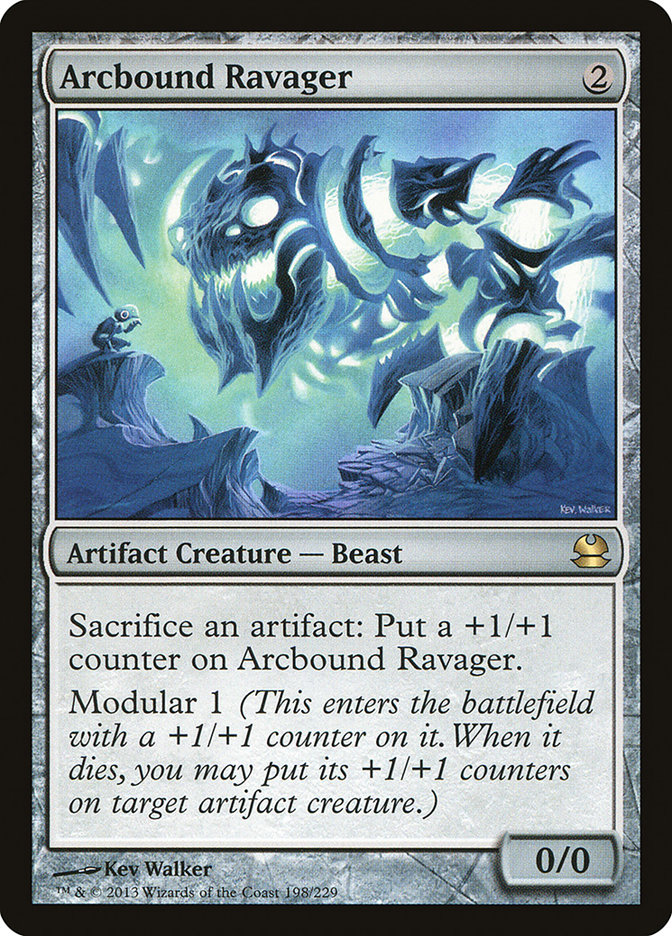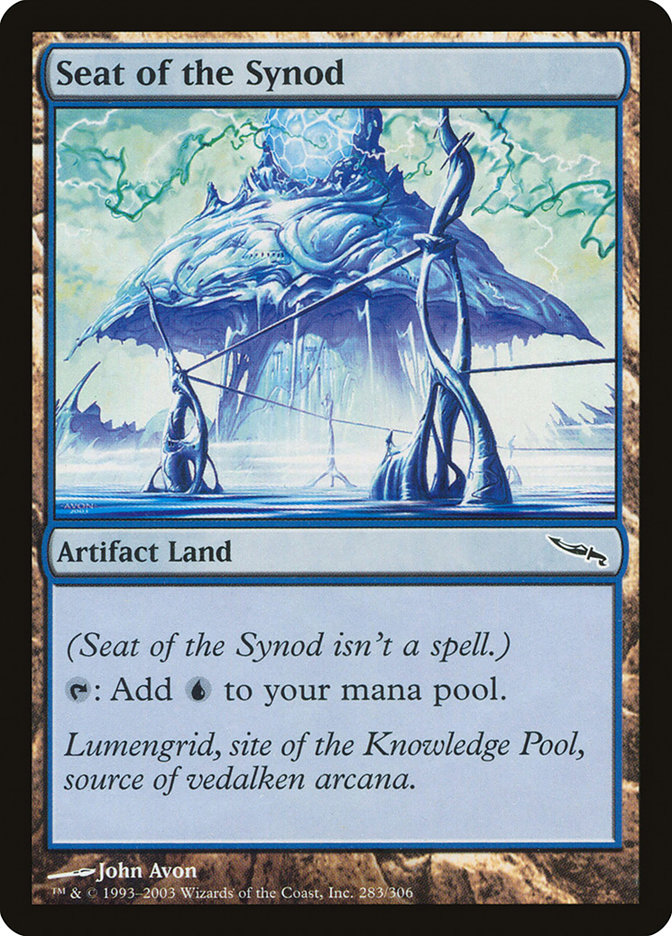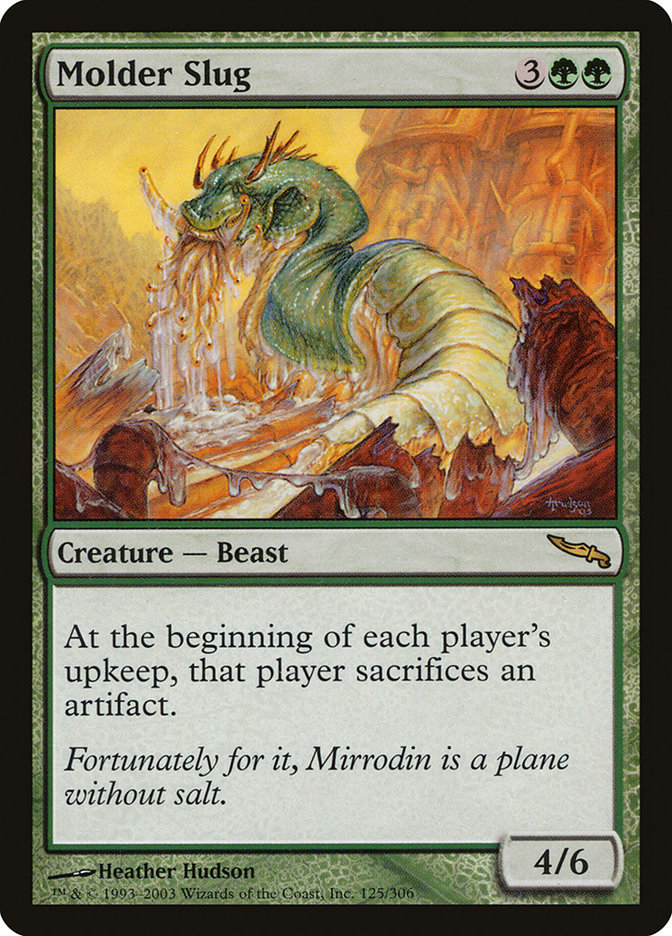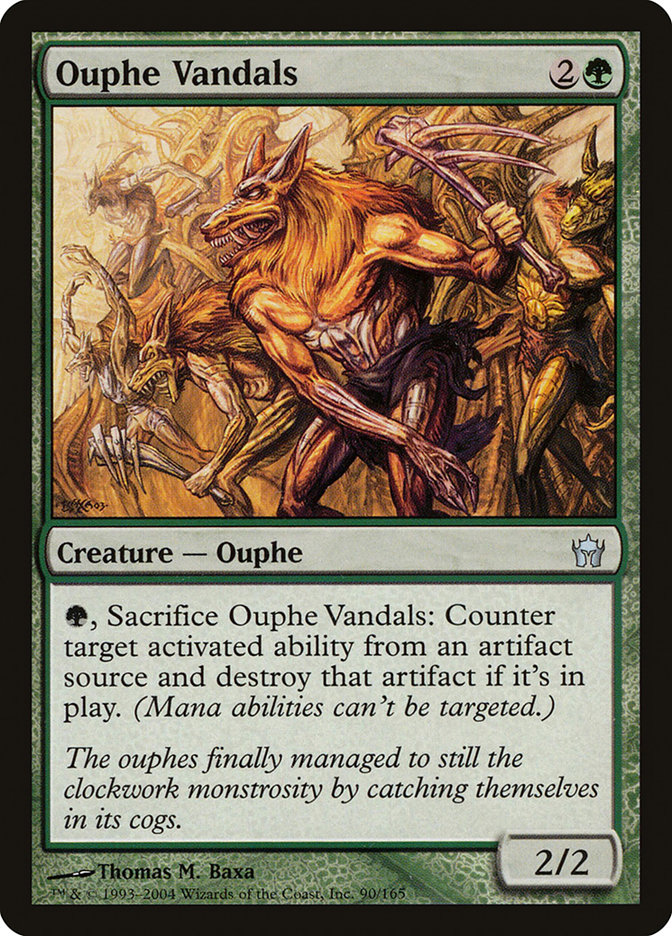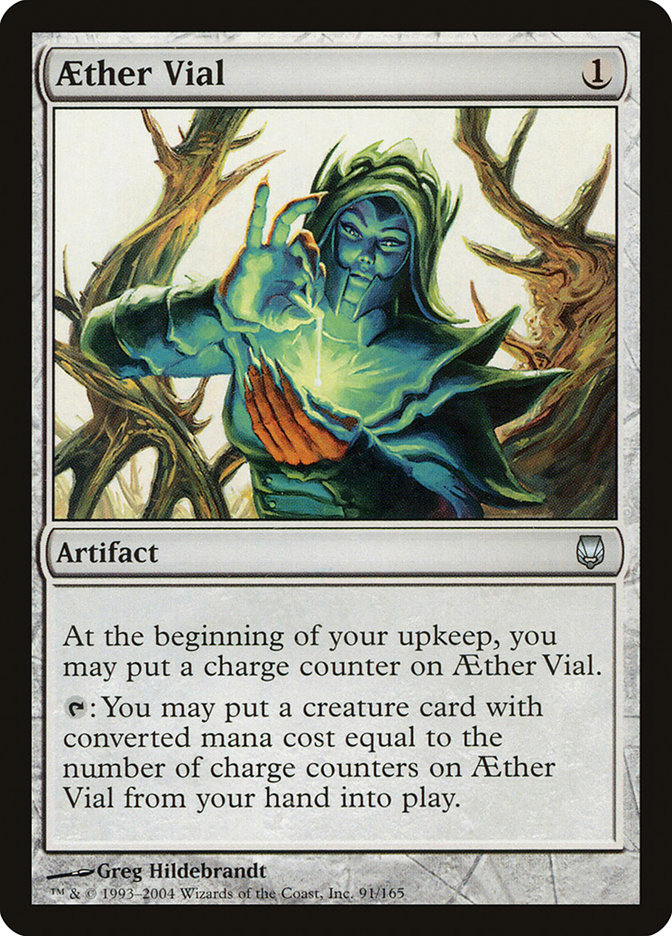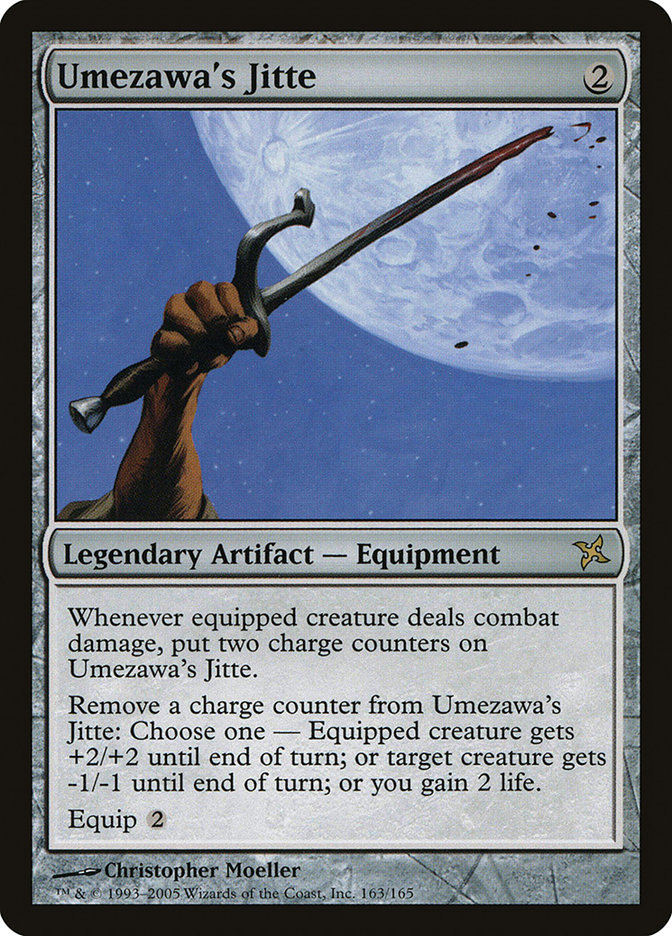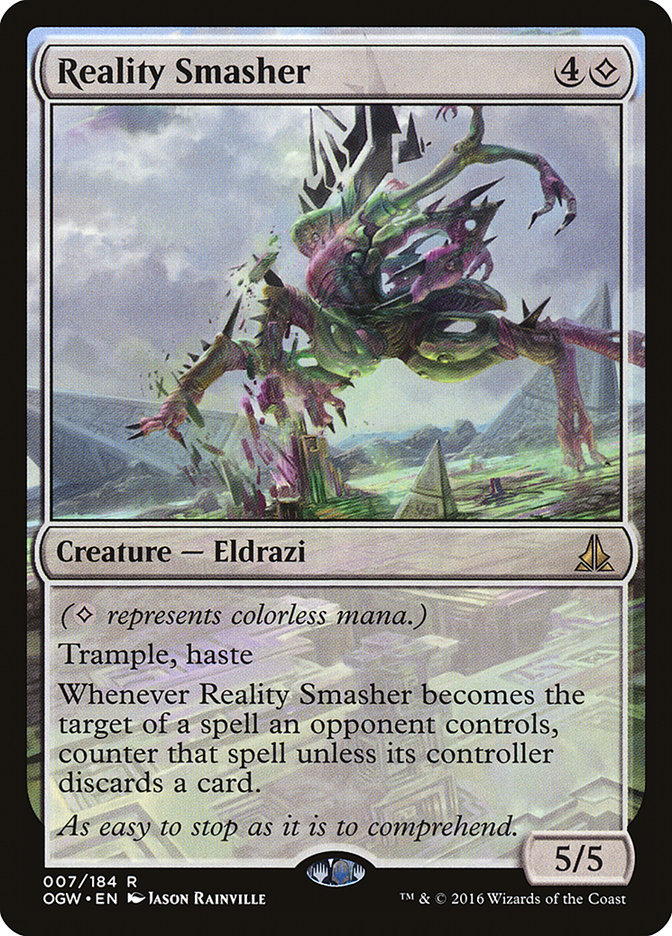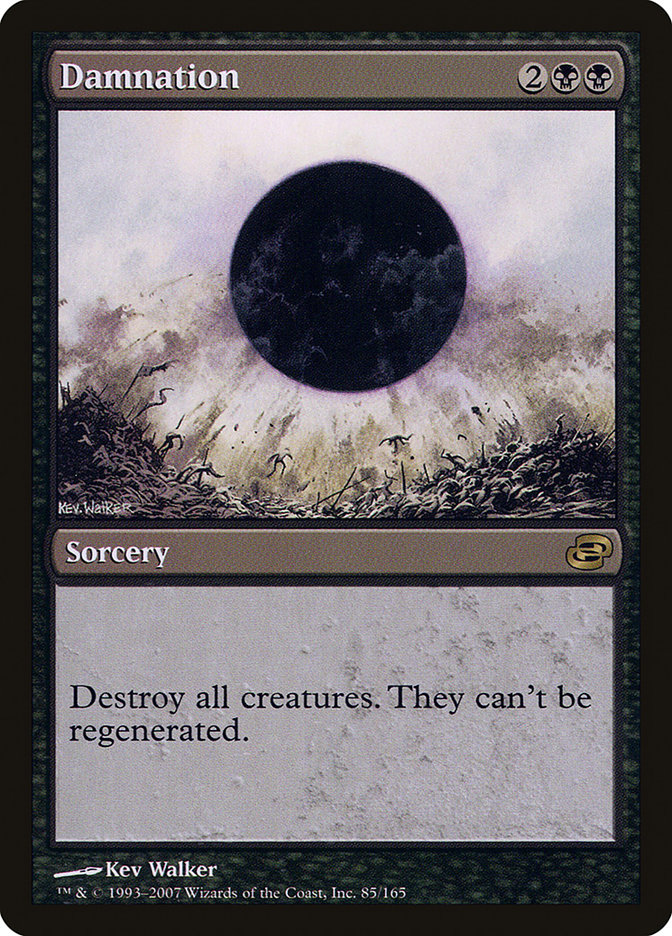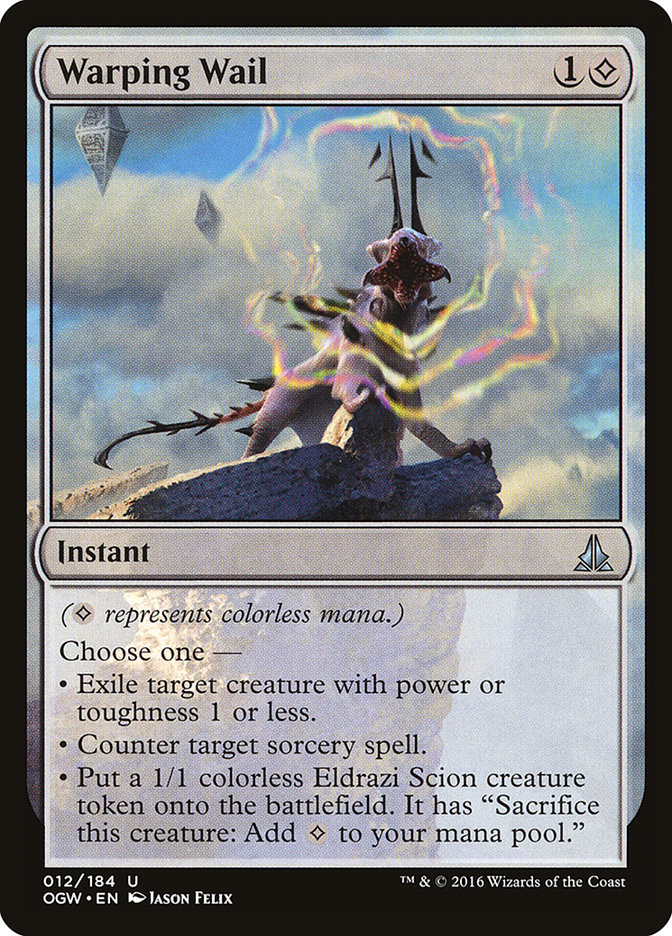 Mentos,” I respect your due diligence to fresh breath. At least you tried!
Mentos,” I respect your due diligence to fresh breath. At least you tried!
Others may see this title and think “I remember that deck!” It’s like when someone makes an obscure reference to a 90’s show and you get the punchline while no one else does. This is basically the Herman’s Head of articles today. It’s Bobby’s World. We’re just living in it.
Modern, as it stands right now, is a frightening place. MTGO’s latest announcement regarding deck representation percentages is, to say the least, not pleasant.
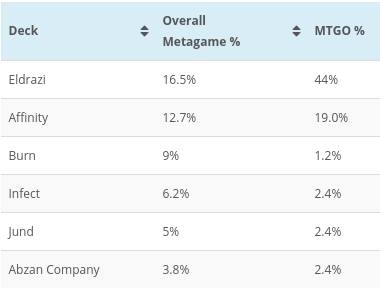
I stole the picture at right from Jeff Hoogland’s Facebook.
Now you’re probably thinking to yourself: “Not another Eldrazi article!” And you’re right. I’m already tired of the subject. Hell, at the Pro Tour I had to live the subject. This was supposed to be a “Why Your Deck Sucks: Eldrazi Edition” today, but I pondered and pondered and figured that this is actually not a joke, and the health and vibrancy of a heavily-pushed format is more important than me poking fun at it.
The whole reason I decided to take this stance today is because, while talking with a close friend about Modern and where to go from here, he said that he was worried that the self-correction of the format would be more like “either you play Eldrazi or you play to beat Eldrazi.” I then brought up that this reminded me of G/R Freshmaker from over a decade ago. Strap yourselves in, kiddies. We’re going on an adventure of the imagination!
I want you to picture a club, or at the very least a place where you love to hang out. Everything about it makes you happy, and every Friday night you get to go there. You enjoy it so much that time basically exists between when you leave that club and when you get to go back to it. All of your friends are there, too. They serve the kind of drinks you like and play the kind of music you like. Things couldn’t be better.
Then one day a new DJ shows up and they begin spinning some of the most trashy and annoying music out there. Think worse than Justin Bieber. A few members of the club care more about being seen at the club than they do about actually being there, so they tell you that the DJ is great and their presence makes the club a cooler place to be, only you don’t see it that way and neither do many of the patrons.
Attendance is cut almost in half and people start questioning if the club is even worth their time anymore, so they stop showing up entirely. Seeing that the DJ is actually ruining their club, the owners decide to fire them from their job and apologize profusely for their oversight and slow reaction to how terrible the club had become due to their negligence. It takes almost two years for people to start coming back to the club, and you always wonder to yourself exactly what was lost in the timespan.
In case you missed it:
Club = FNM/Magic
You = Players
DJ = Ravager Affinity
Club Owners = Wizards of the Coast
Some of you might scoff at this notion, but the Affinity you know now is merely a shell of what it used to be. Artifact lands were essentially painless Ancient Tombs that allowed Affinity the ability to have incredibly fast and agile starts, resiliency to removal, near-endless resources because of Thoughtcast, and fuel for massive Arcbound Ravagers when they became superfluous.
This was a time where a deck that could dominate across formats was essentially the only playable option in Standard. Sure, there were other decks, but none of them could boast the win percentage that Ravager Affinity could.
To combat this deck’s dominance, the metagame was forced to shift and adapt in such a way that actually damaged Magic: The Gathering.
Decks emerged meant to defeat Affinity by warping around it. Maindecks began playing copies of Oxidize, Tel-Jilad Justice, Molder Slug, Electrostatic Bolt, Viridian Shaman, and other artifact-hating cards.
U/G Crystal Witness was meant to abuse Eternal Witness, returning one of those artifact destruction cards from the graveyard over and over again by bouncing Eternal Witness with Crystal Shard. Tooth and Nail decks were locked into playing at least six to eight kill mechanisms such as Kiki-Jiki, Mirror Breaker and Viridian Shaman.
None of these decks, however, were as focused as G/R Freshmaker.
Feel free to step back into hallowed antiquity.
The version available in that article (which is old enough to be considered a Tween) is sharply dedicated to beating Affinity, which I’m sure you can tell. Arc-Slogger and Molder Slug are heavy-hitters meant to put extreme pressure on the robots, along with platinum hits such as Creeping Mold and Ouphe Vandals. Yes, you read that correctly. Ouphe Vandals.
Down the line, cards like Hearth Kami and Demolish would see employment. Naturalize started to see maindeck playability. Green decks even adopted Tel-Jilad Chosen, and these decks with all their small creatures also had to play Pyroclasm. One of the best ways to beat Affinity, hilariously enough, was by playing Krark-Clan Ironworks: a combo deck that abused most of the same cards Ravager did in order to power out huge amounts of Myrs to kill an opponent by turn 4 or 5.
Now, you’d think “wow, this seems unhealthy,” and you’d be right, but that’s not even the most disgusting thing about G/R Freshmaker! You’d think a deck with roughly sixteen or even twenty hate cards between the main and sideboard would absolutely trounce Affinity, and sometimes… well…
It didn’t.
Ravager Affinity became a significantly more brutal and powerful deck with the addition of Aether Vial and Cranial Plating. Spot removal was invalidated by a competent Affinity pilot, and during its peak, Ravager Affinity completely warped the Pro Tour and Grand Prix metagame, boasting upwards of 60% of the Top 8 slots and a huge chunk of Day 2 metagames.
You have to remember that this is years before The SCG Tour® brought a huge weekly tournament series to the table, so when a deck was brute-forcing its way through everything presented to it, that in itself was cause for alarm.
Attendance at FNMs completely tanked. I learned how to play Magic in two different stores: one of which had around 30 players for FNMs and the other, which held big-value Saturday afternoon tournaments, could have as many as 40 or 50 players. At the height of Ravager, FNMs had around twelve to fourteen players and sometimes Saturdays didn’t even fire.
Players were sick of dying to Arcbound Ravager and Disciple of the Vault by turn 4 or 5, and the synergies were often too much to overcome. Hell, I was part of the problem because I was winning so much with the deck. Osyp Lebedowicz was right: Arcbound Ravager was a fairy godmother that sometimes just handed the pilot free wins. Given my skill cap at the time, I’m pretty sure it was the deck winning and not me.
Now there’s more to the story than just Ravager, so I’d still give credit where credit is due: Kamigawa block was pretty rough for players to get into, and that fact didn’t help Magic very much after coming off the heels of Ravager, especially when another broken artifact, Umezawa’s Jitte, was dominating the competitive scene.
It wasn’t until we got our first glimpse at Ravnica that things started to shift back into Magic being extremely enjoyable again. Essentially, Ravnica was the Renaissance of MTG and Affinity the Dark Ages.
Here we stand today facing a problem that, for all intents and purposes, is mirroring the one from almost twelve years ago.
Eldrazi decks in Modern are strangling the format and causing a shift in the decks that are playable. Many players are touting decks like Elves, Storm, or Living End to be an answer to the Eldrazi menace. You know…non-interactive combo decks that are more meant to goldfish than they are to be played one-on-one. If that’s your belief, I urge you to check out my favorite Magic writer’s video series from a day ago: Shaun McLaren battling with Living End. Everything is going swell for Shaun until Round 3 when he gets paired against Eldrazi. Easy game, right? Living End is supposed to crush…
Oh.
He gets smashed.
Rats.
Now is the part of the show where we have to understand that, logically speaking, the decks that are coming out of the woodwork to beat Eldrazi will not always beat it, and the decks that Eldrazi already has a very healthy matchup against (like Burn for instance) will still lose to it. This places Eldrazi in very terrifying company, because it means that it’s one of the most powerful decks in Modern that can still beat the decks dedicated to stopping it.
Chicken Little isn’t preaching that the sky is falling, far from it, but instead is saying that a cloud crushing a building is actually cause for alarm and preventative measures should be considered before more damage is done.
Wizards has never had a hair-trigger finger when it comes to taking action against oppressive or dominant strategies, instead waiting to see if the format self-corrects or a player magically solves it on their own. All I know is I had a Damnation Warping Wailed and it didn’t feel nice.
When Ravager Affinity was legal, you could either play it or play to beat it, and at least half the time, playing to beat it still resulted in you losing.
In Modern, it appears that you can either play Eldrazi or play to beat it, and at least half the time, playing to beat it will still result in you losing.
Is anyone noticing a pattern here?
Modern has yet to find its G/R Freshmaker yet, so maybe all these articles you’re reading from all these professional Magic players are just overhyping the whole situation.
But then again…maybe they’re not.
Would you rather be on the side of Ravager that almost killed Magic, or the side of Freshmaker that tried to save it?

